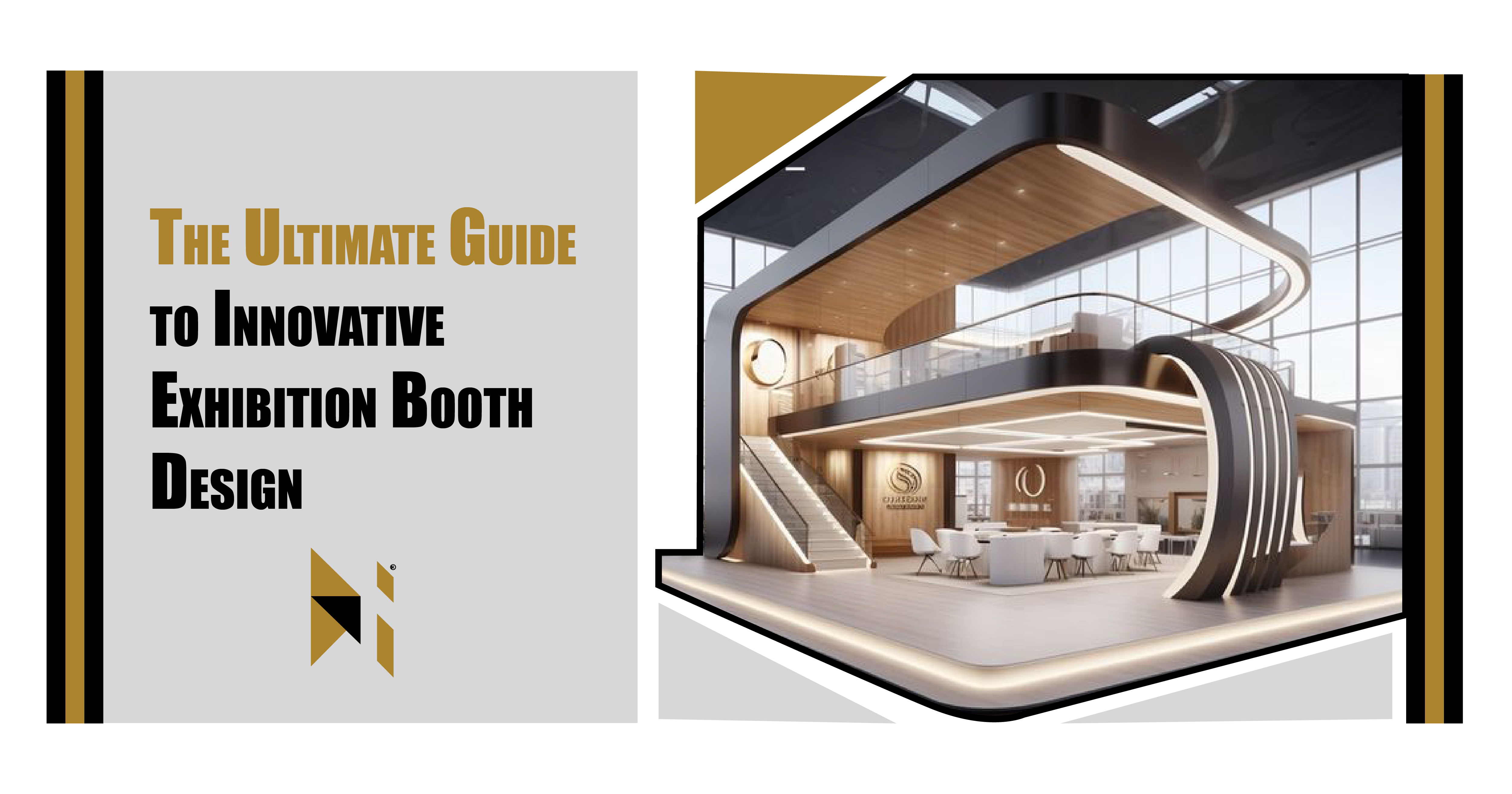Exhibition booths are the physical embodiment of a brand’s message and values in a crowded and competitive arena. To stand out, companies need to push the boundaries of design, interactivity, and technology to create spaces that not only draw attention but also facilitate meaningful engagement with visitors. In this guide, we’ll explore the latest trends in creating innovative exhibition booth designs that captivate, communicate, and convert.
Understanding Audience and Purpose
Before diving into design specifics, it’s essential to understand the target audience and the purpose of the booth. Whether it’s launching a new product, increasing brand awareness, or generating leads, the booth design should be aligned with the company’s objectives and the interests and expectations of the visitors.
Experiential Spaces
Create a Journey
Design your booth as a journey with a beginning, middle, and end. Use storytelling techniques to guide visitors through the space, offering them a cohesive narrative that showcases the brand’s message.
Engage the Senses
Incorporate elements that engage multiple senses. This could include tactile displays, scent marketing, immersive soundscapes, and visually striking graphics. The more senses involved, the more memorable the experience.
Interactive Technologies
Incorporate Gamification
Use interactive games or challenges that align with your brand’s message. Leaderboards, prize draws, and interactive quizzes can add an element of fun and competition, encouraging visitors to engage more deeply with your brand.
Utilize AR and VR
Augmented reality (AR) and virtual reality (VR) can offer immersive experiences that are impossible to replicate in the physical world. From virtual product demos to interactive 3D models, these technologies can provide hands-on interaction with your products or services.
Flexible and Modular Design
Invest in Modular Systems
Modular booth components can be reconfigured for different events, allowing for flexibility and cost-effectiveness. These systems can be designed to scale up or down depending on the space and the type of exhibition.
Embrace Minimalism
A clean, uncluttered design can often make a stronger impact than a busy, over-designed space. Minimalism helps to focus attention on the key message and products without overwhelming visitors.
Sustainability
Eco-Friendly Materials
Opt for sustainable materials such as bamboo, FSC-certified wood, recycled plastics, and LED lighting. Consider the lifecycle of the materials you use, looking for options that can be reused or recycled.
Implement Green Practices
Design your booth with energy efficiency in mind. Utilize digital handouts instead of paper, encourage digital interaction, and consider renting components instead of buying to reduce waste.
Brand Activation
Make It Instagrammable
Design your booth with social media in mind. Create visually striking elements or moments specifically designed to be shared on Instagram, Twitter, or LinkedIn, extending the reach of your booth beyond the exhibition floor.
Offer Exclusive Experiences
Provide VIP experiences for key clients or prospects, such as private demonstrations, exclusive previews, or one-on-one consultations. These can help deepen relationships and provide a personalized experience.
Data-Driven Design
Leverage Analytics
Use data analytics to understand visitor behavior within your booth. Heat maps, dwell time, and engagement rates can inform design decisions and help tailor the booth to visitor preferences.
Personalize Interactions
Collect data before and during the event to personalize interactions. Tailor product recommendations, demos, and discussions based on the visitor’s industry, role, or interests.
"Conclusion"
Innovative exhibition booth design is about creating an environment that tells a story, embodies the brand, and provides an engaging and memorable experience for visitors. By embracing the latest trends in experiential design, interactive technology, modular components, sustainability, brand activation, and data-driven personalization, companies can create spaces that not only stand out from the crowd but also foster meaningful connections with their audience. Remember, the goal is not just to showcase products or services, but to create a lasting impression that resonates with visitors long after the event is over.

